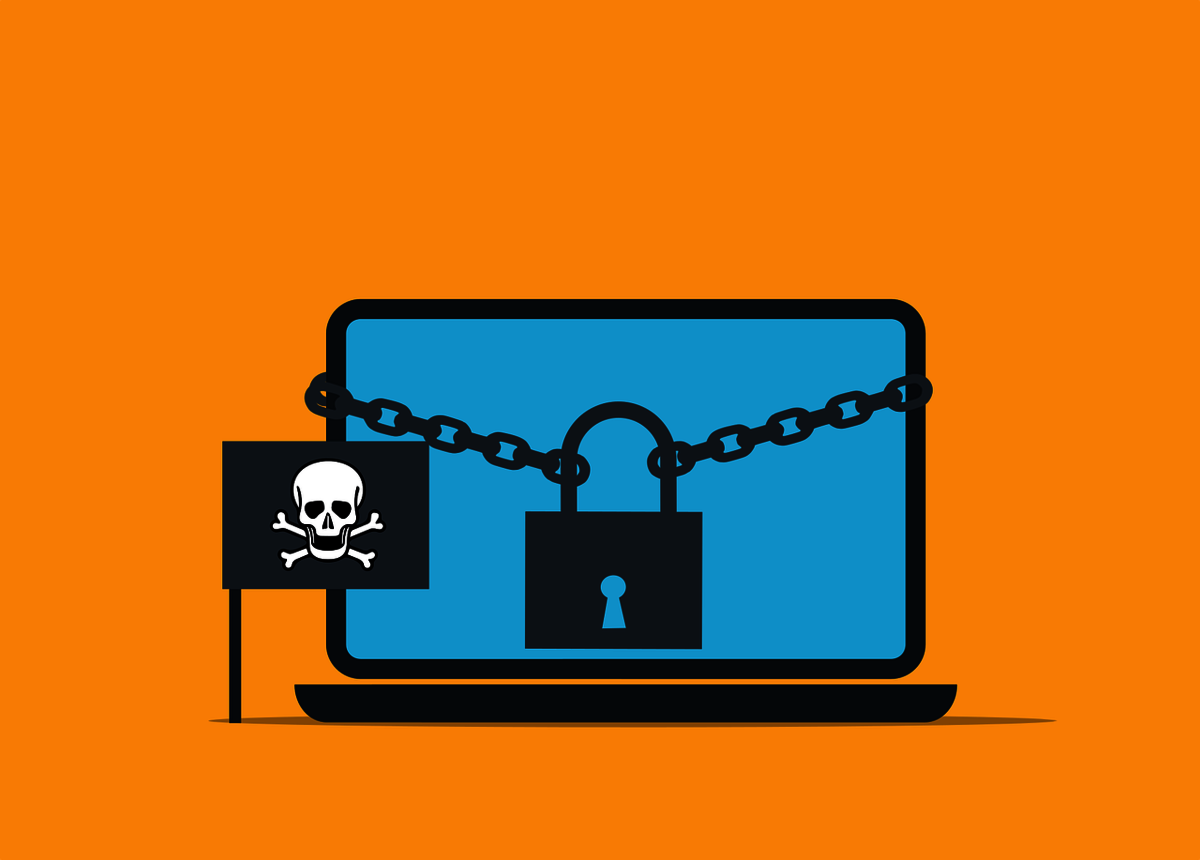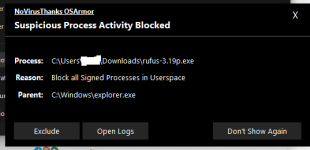Gandalf_The_Grey
Level 85
Thread author
Verified
Honorary Member
Top Poster
Content Creator
Well-known
- Apr 24, 2016
- 7,875
Consumer users: 12 products are error-free
In this test, a total of 17 products each faced off against 10 realistic attack scenarios with ransomware. 12 of the security packages were very successful. They detected the ransomware immediately and did not allow any further actions. For this they received the maximum 40 points of the protection score: AhnLab, Avast, AVG, Avira, F-Secure, Kaspersky, McAfee, Microsoft, NortonLifeLock, PC Matic, Protected.net and VIPRE Security.
This was followed by Bitdefender and K7 Computing with 39 out of 40 points. Both incurred a partial detection in one scenario. With Bitdefender, a small number of various files were encrypted. With K7 Computing, the encryption was indeed stopped, but the malware remained on the PC and continued to be a threat. Trend Micro had the same problem – but a total of three times. This resulted in only 37 points.
Malwarebytes committed two partial detections, whereby in one instance, some files were encrypted. In the second case, in addition to the encryption of some files, a registry key was set and the background image was modified. As all actions that could not be prevented resulted in points being taken off, there were only 36.5 points in total.
The security package from G DATA did not detect any attacker in two scenarios, and as a result, the ransomware executed. G DATA lost the four points twice and managed to land at 32 points.
Corporate users: many solutions work error-free
The solutions for corporate users evaluated in the test largely revealed excellent results. 12 of the 17 products tested achieved the full 40 points of the protection score.
Bitdefender followed with its two solutions at 39 points, as there was one partial detection each.
Seqrite had a few problems in three cases and received 37 points. There was one partial detection, for example, where individual files were encrypted. In the other cases, the ransomware was indeed detected and blocked, but it remained on the system. That is an additional risk.
Trend Micro had this difficulty a total of three times. The risk does still remain, but at least nothing was encrypted. There were also 37 points awarded to Trend Micro.
The corporate user solution from G DATA experienced the problem in two scenarios that it did not detect the attackers, and the ransomware deployed. This cost a full 8 points and in the end, the product still reached 32 points.
Ransomware fended off – with or without service
While many of the leading products are able to finish in flying colors in the traditional detection test, in the Advanced Threat Protection test from AV-TEST they also have to show their performance after detection or non-detection of the ransomware. Especially when it comes to the topic of ransomware, this is enormously important, because if ransomware makes its way through and is allowed to fully deploy, then the system is encrypted and the rest of the network is in grave danger.
The security packages for consumer users showed a positive result in the test. 12 of the 17 packages achieved the full 40 points. In the mix were the freeware Avast Free Antivirus and Microsoft Defender. Those seeking a reliable security packages with a wider range of features will find it in the paid products from AhnLab, AVG, Avira, F-Secure, Kaspersky, McAfee, NortonLifeLock, PC Matic, Protected.net or VIPRE Security.
The result for corporate solutions was also equally compelling. Here 12 out of 17 products reached the full 40 points: AhnLab, Avast, Comodo, Kaspersky (with 2 versions), Malwarebytes, Microsoft, Sangfor Technologies, Symantec (Broadcom), Trellix, VMware and WithSecure (formerly F-Secure Business). Corporate users will thus find a broad range of solutions bearing the certificate “Advanced Approved Endpoint Protection” to protect their network and their endpoints

Security vs. Ransomware: 34 Solutions in the Advanced Threat Protection Test
The waves of attacks with ransomware are becoming more and more frequent, especially given the fact that now there is Ransomware-as-a-Service, allowing even non-techie cybercriminals to also join in the attacks. Can the latest security solutions on the market for corporate users and consumer...

